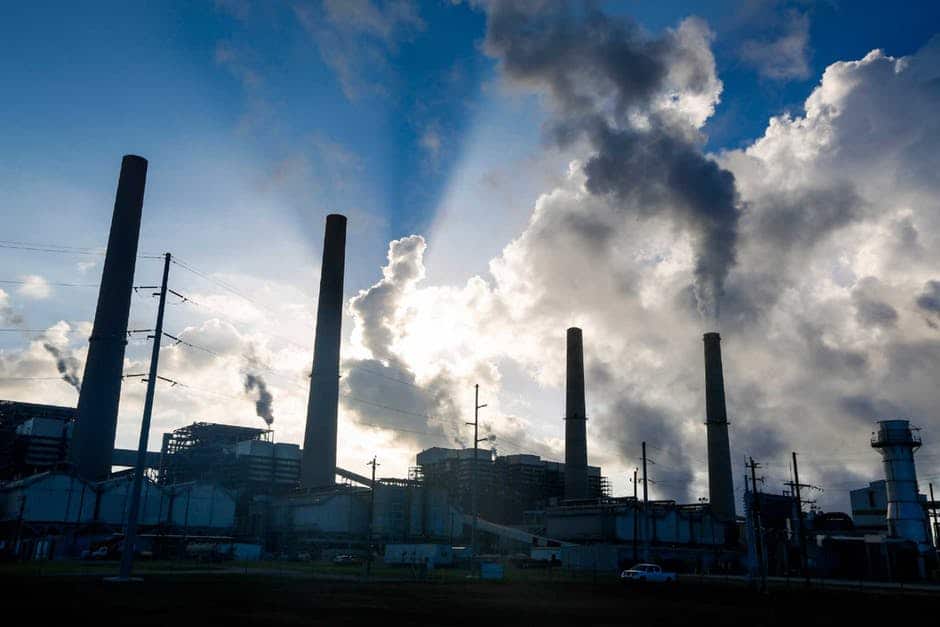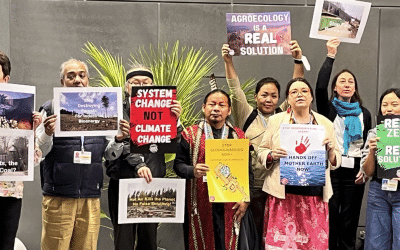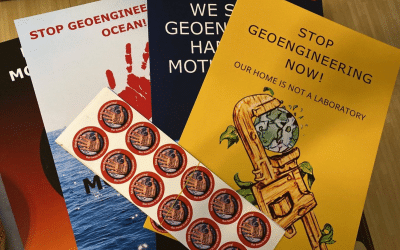By Barbara Unmüssig. Source: Project Syndicate
BERLIN – As the world struggles to rein in emissions of climate-changing gases and limit planetary warming, a new technological silver bullet is gaining supporters. Geoengineering –the large-scale manipulation of the Earth’s natural systems – has been popularized as a means of counteracting the negative effects of climate change.
Proponents of this science feed the illusion that there is a way to engineer an exit from the climate crisis, meet the goals of the 2015 Paris climate agreement, and maintain a consumption-heavy lifestyle.
But this solution is not as simple as proponents would have us believe. Betting on climate engineering – either as a planetary insurance policy or as a last-ditch measure to combat rising temperatures – is not only risky; it also directs attention away from the only solution we know will work: reducing carbon emissions.
Each of the engineered technologies being discussed carries dangers and uncertainties. For example, the only way to test the effectiveness of solar radiation management (SRM) on a global scale would be to carry out experiments in the environment – either by spraying particles into the stratosphere, or by artificially modifying clouds. While such tests would be designed to determine whether SRM could reflect enough sunlight to cool the planet, experimentation itself could cause irreversible damage. Current models predict that SRM deployment would alter global precipitation patterns, damage the ozone layer, and undermine the livelihoods of millions of people.
Beyond the ecological risks, critics warn that, once deployed globally, SRM could spawn powerful weapons, giving states, corporations, or individuals the ability to manipulate climate for strategic gain (an idea that not even Hollywood can resist). But perhaps the most important criticism is a political one: in a world of challenged multilateralism, how would global ecological interventions be governed?
Similar questions surround the other major group of climate engineering technologies under debate – so-called carbon dioxide removal (CDR). Proponents of these technologies propose removing CO2 from the atmosphere and storing it underground or in the oceans. Some CDR approaches are already prohibited, owing to concerns about possible environmental consequences. For example, fertilization of oceans with carbon-sequestering plankton was banned by the London Protocol on marine pollution in 2008. Parties to that decision worried about the potential damage to marine life.
But other CDR approaches are gaining support. One of the most discussed ideas aims to integrate biomass with carbon capture and storage (CCS) techniques. Called “bioenergy with CCS,” or BECCS, this method seeks to pair the CO2-absorption capabilities of fast-growing plants with underground CO2 storage methods. Proponents argue that BECCS would actually yield “negative” emissions.
Yet, as with other engineered solutions, the promises are simply too good to be true. For example, huge amounts of energy, water, and fertilizer would be required to operate BECCS systems successfully. The effects on land use would likely lead to terrestrial species losses, and increase land competition and displacement of local populations. Some forecasts even suggest that the land clearing and construction activities associated with these projects could lead to a net increase in greenhouse gas emissions, at least in the short term.
Then there is the issue of scale. In order for BECCS to achieve emissions limits set by the Paris agreement, between 430 million and 580 million hectares (1.1 billion to 1.4 billion acres) of land would be needed to grow the required vegetation. That is a staggering one third of the world’s arable land.
Simply put, there are safer – and proven – ways to withdraw CO2 from the atmosphere. Rather than creating artificial CO2-binding “farms,” governments should focus on protecting already-existing natural ecosystems and allowing degraded ones to recover. Rainforests, oceans, and peatlands (such as bogs) have immense CO2 storage capacities and do not require untested technological manipulation.
By pushing unproven technologies as a cure for all climate-changing ills, proponents are suggesting that the world faces an unavoidable choice: geoengineering or disaster. But this is disingenuous. Political preferences, not scientific or ecological necessity, explain the appeal of geoengineering.
Unfortunately, current debates about climate engineering are undemocratic and dominated by technocratic worldviews, natural science and engineering perspectives, and vested interests in the fossil-fuel industries. Developing countries, indigenous peoples, and local communities must be given a prominent voice, so that all risks can be fully considered before any geoengineering technology is tested or implemented.
So what conversation should we be having about geoengineering?
For starters, we need to rethink the existing governance landscape. In 2010, parties to the United Nations’ Convention on Biological Diversity (CBD) agreed to a de facto international moratorium on climate-related geoengineering. But today, with powerful advocates generating so much pressure to bring geoengineering technologies out of the lab, informal bans are no longer sufficient. The world urgently needs an honest debate on the research, deployment, and governance of these technologies; the CBD and the London Protocol are essential starting points for these governance discussions.
Among the technologies that require the most scrutiny are CDR projects that threaten indigenous lands, food security, and water availability. Such large-scale technological schemes must be regulated diligently, to ensure that climate-change solutions do not adversely affect sustainable development or human rights.
In addition, the outdoor testing and deployment of SRM technologies, because of their potential to weaken human rights, democracy, and international peace, should be banned outright. This ban should be overseen by a robust and accountable multilateral global governance mechanism.
No silver bullet for climate change has yet been found. And while geoengineering technologies remain mostly aspirational, there are proven mitigation options that can and should be implemented vigorously. These include scaling up renewable energy, phasing out fossil fuels (including an early retirement of existing fossil infrastructure), wider diffusion of sustainable agroecological agriculture, and increased energy and resource input into our economy.
We cannot afford to gamble with the future of our planet. If we engage in a serious discussion about ecologically sustainable and socially just measures to protect the Earth’s climate, there will be no need to roll the dice on geoengineering.




